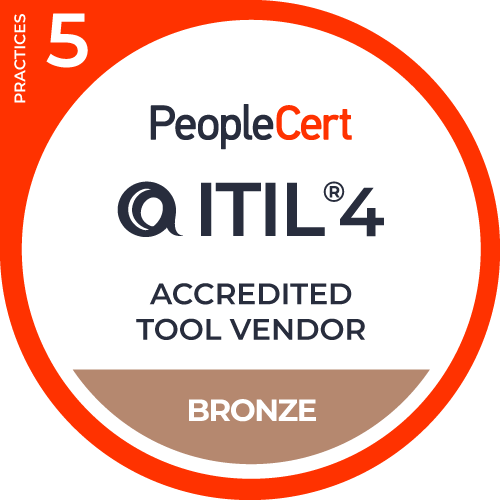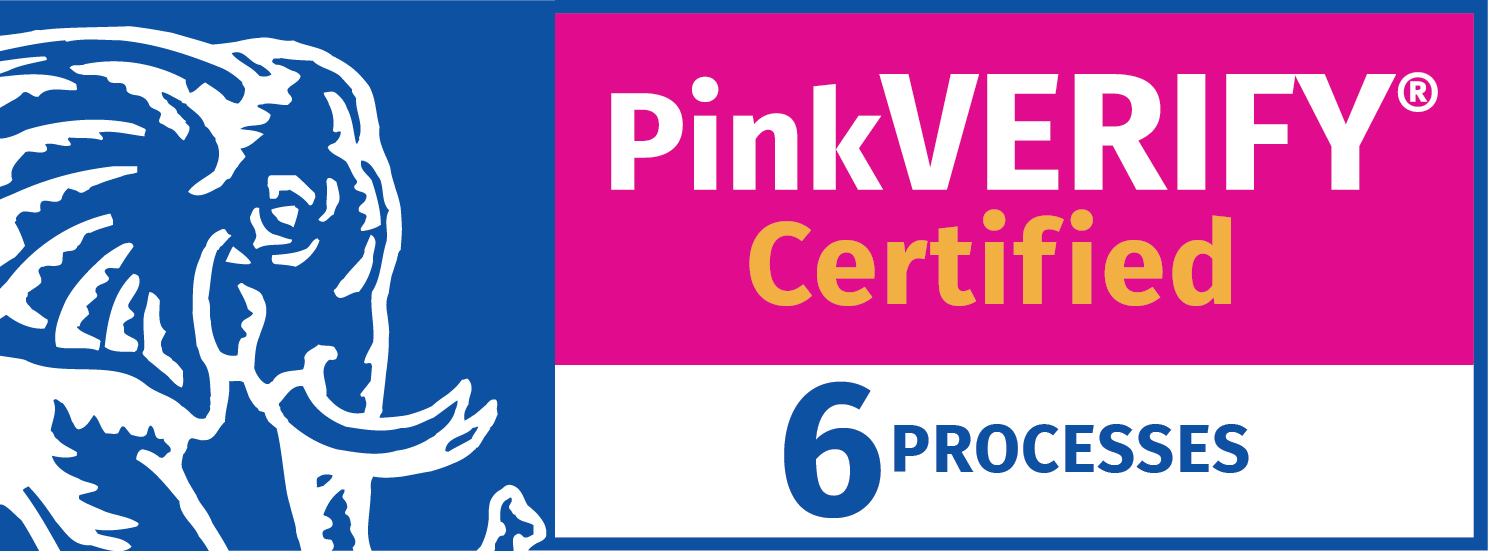SLA compliance in IT is essential for keeping operations smooth and meeting customer expectations. It ensures service levels are consistently upheld, fostering trust and satisfaction. But what exactly are thy? How do we need to understand them within the IT world?
When it comes to IT, keeping your promises isn't just good manners—it's crucial. That's where SLA (Service Level Agreement) compliance steps in. By sticking to these agreed-upon service levels, businesses can avoid headaches, keep customers happy, and build a stellar reputation for reliability.
In this article, we'll break down what SLA compliance really means, why it's so important, and the steps you can take to nail it. From setting clear objectives and monitoring performance metrics to tackling issues head-on and continually improving, we'll cover it all.
Plus, we'll look at the key areas you need to focus on, the challenges you might face, and the real costs of dropping the ball.
So, let’s get started on making sure your IT services are always top-notch!
|
|
What is Service Level Agreement Compliance?
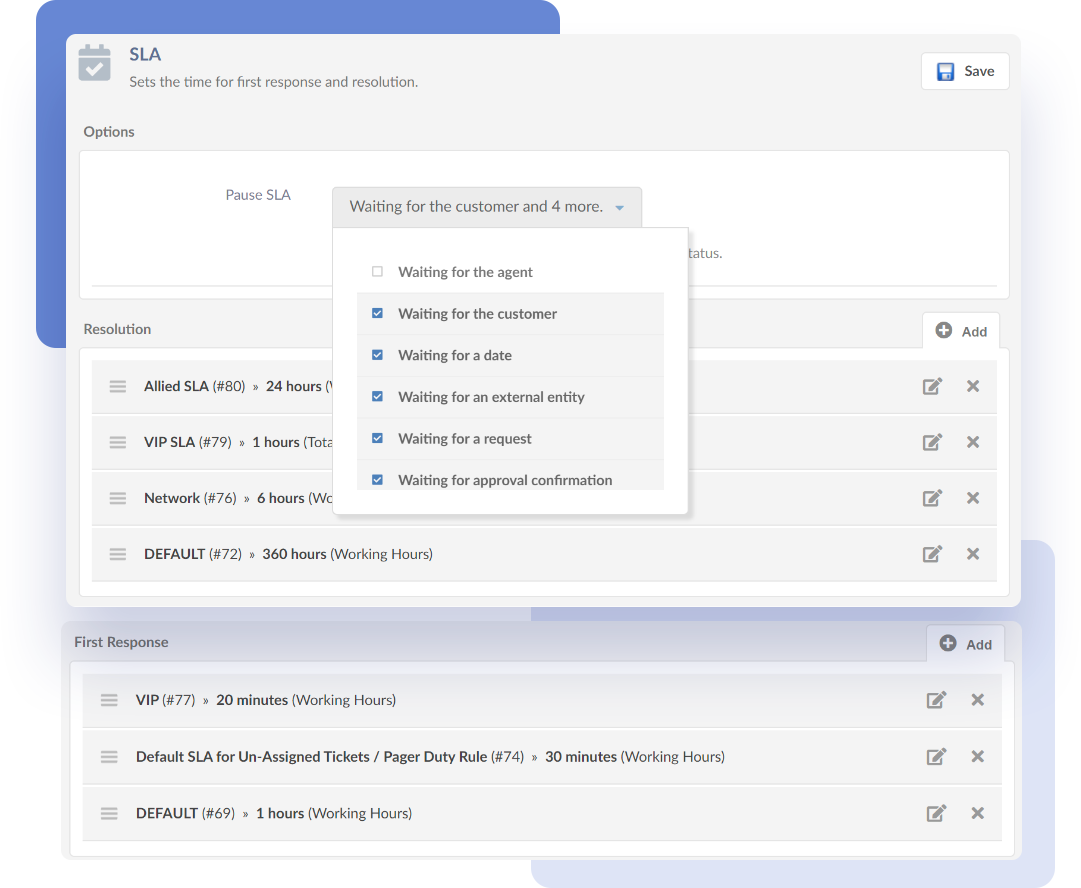
SLA compliance means sticking to the terms and conditions it service desk laid out in a SLA. This agreement is a contract between a service provider and a customer, detailing the expected level of service and how it will be measured.
Key components often include:
- Uptime: Ensuring systems are operational within the agreed timeframe.
- Response Times: Promptly addressing customer queries or issues.
- Resolution Times: Efficiently resolving incidents or service requests.
- Penalties: Enforcing consequences for breaches to uphold accountability.
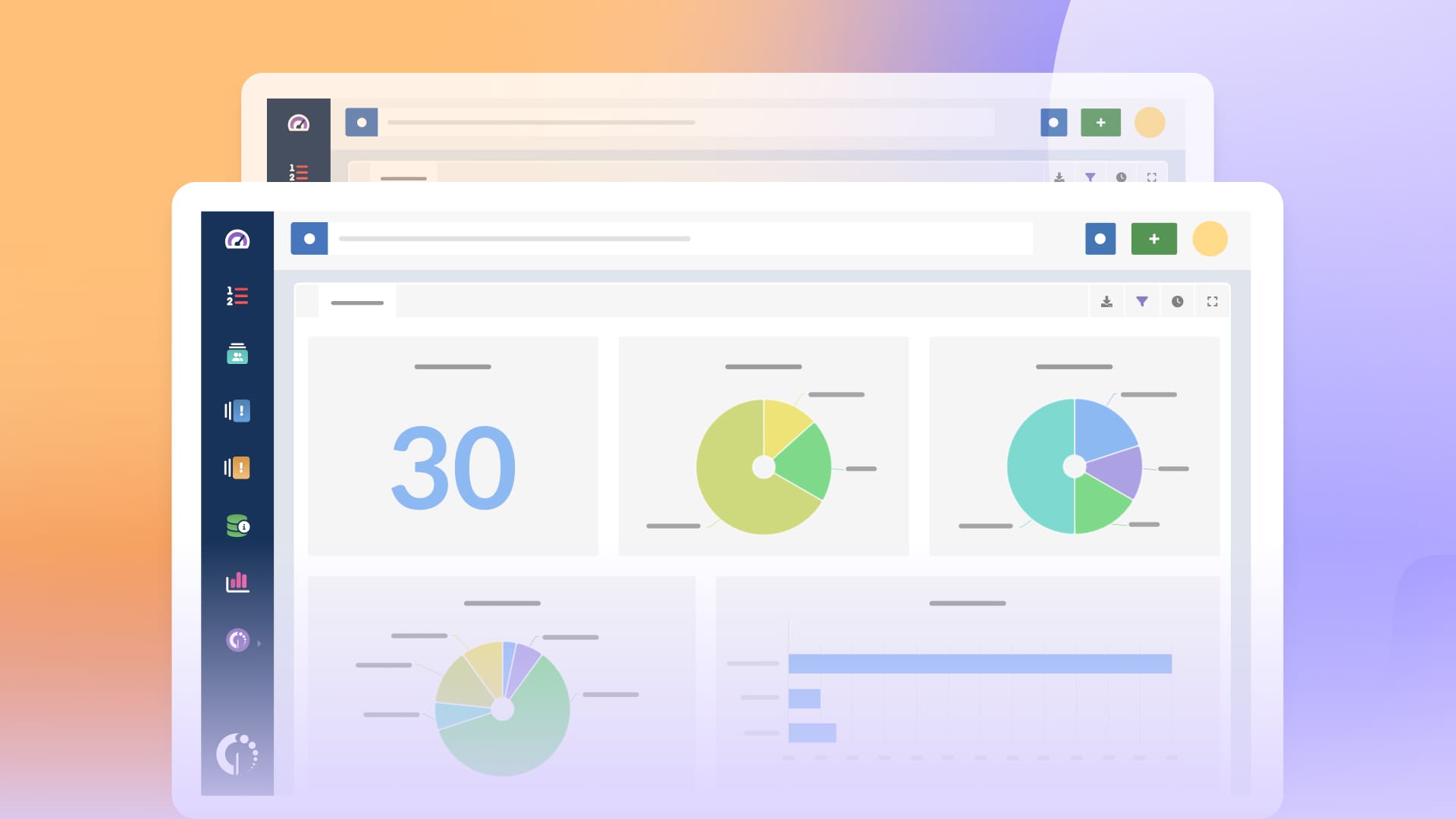
5 Service Level Agreement Metrics to Track Service Fulfillment
Understanding the basics of SLAs
SLAs are designed to set clear expectations and provide a framework for service delivery. They define the scope of services, performance standards, and the responsibilities of both the service provider and the customer.
This clarity helps avoid misunderstandings and provides a basis for measuring SLA metrics and performance.
There are two commonly used types of SLAs: Service-based SLAs and Customer-based SLAs. Service-based SLAs focus on the services provided, ensuring that the service meets specific performance standards.
On the other hand, Customer-based SLAs prioritize the customer's needs, tailoring the service delivery to meet individual customer requirements. Additionally, multilevel SLAs offer a customizable and responsive experience to meet SLA compliance requirements and customer expectations.
Components of an SLA
- Service Description: Detailed information about the services provided.
- Performance Metrics: Specific criteria used to measure service performance, including key performance indicators (KPIs) such as resolution time and service delivery to ensure compliance with SLAs and improve overall service quality.
- Reporting and Monitoring: Methods for tracking and reporting performance.
- Issue Management: Procedures for addressing and resolving issues.
- Penalties and Remedies: Consequences for failing to meet agreed-upon standards.
- Review and Revisions: Processes for periodically reviewing and updating the SLA.
.jpg)
How to Create a Service Level Agreement (SLA): Video Tutorial
Why is SLA compliance important?
SLA compliance is the cornerstone of trust and accountability in IT Service Management (ITSM). By meeting SLA requirements, businesses ensure they deliver the promised level of service, minimizing downtime and maximizing productivity.
This adherence builds confidence in the organization and the service provider’s reliability and commitment. Additionally, SLAs are crucial in ensuring the quality of critical services, highlighting the need for clear agreements and objective measures of performance.
Building trust and reliability
Adhering to SLAs demonstrates a commitment to quality and reliability. Customers are more likely to trust a provider that consistently meets its service commitments. This trust can lead to long-term partnerships and increased customer loyalty.
Enhancing customer satisfaction
Meeting SLA requirements ensures that customers receive the level of service they expect. This can ensure customer satisfaction can lead to positive reviews, referrals, and repeat business. Satisfied customers are also more likely to be patient and understanding when occasional issues arise.
Reducing downtime and improving efficiency
By adhering to SLAs, service providers can minimize downtime and disruptions. This efficiency benefits both the provider and the customer, as it leads to smoother operations and less wasted time and resources.
How to Achieve SLA compliance?

Define clear objectives
Start by setting clear, measurable objectives in the SLA. This foundation helps understand what needs to be achieved and how success will be evaluated. Objectives should be specific, achievable, and aligned with the overall goals of the service provider and customer.
Examples of clear objectives
- Uptime: Maintain 99.9% system availability.
- Response time: Respond to customer inquiries within 1 hour.
- Resolution time: Resolve service issues within 24 hours.
- Customer satisfaction: Achieve a customer satisfaction score of 90% or higher.
Monitor service performance metrics
Regularly track performance metrics to gauge progress and spot areas for improvement. Utilize SLA metrics to monitor and measure service performance, ensuring compliance with service level agreements.
Utilize SLA compliance monitoring tools for real-time insights and automated tracking. These tools can help identify trends, predict potential issues, and ensure timely responses.
Key Performance Metrics
- System uptime: The percentage of time systems are operational.
- Mean Time to Response (MTTR): The average time taken to respond to a customer query.
- Mean Time to Resolution (MTTR): The average time taken to resolve an issue.
- Customer Satisfaction (CSAT): A measure of customer satisfaction with the service provided.
Proactive issue resolution
Anticipate potential issues and implement measures to mitigate them before they escalate. A proactive support team plays a crucial role in preventing major problems and ensuring compliance with project SLAs.
This proactive approach enhances SLA compliance and fosters a positive customer experience. Regularly reviewing performance data and customer feedback can help identify areas for improvement.
Steps for proactive issue resolution
- Identify potential issues: Use data and obtain customer feedback to identify common problems.
- Implement preventative maintenance: Take steps to prevent issues from occurring.
- Monitor effectiveness: Regularly review the effectiveness of preventative measures.
- Adjust as needed: Make adjustments based on performance data and feedback.
Continuous improvement
Continuously review and refine processes to boost efficiency and meet evolving customer demands.
Embrace feedback loops to gather insights from clients and internal stakeholders. This ongoing continuous improvement process helps ensure that services remain relevant and effective.
Strategies for continuous improvement
- Regular reviews: Schedule regular reviews of SLA performance.
- Feedback loops: Gather feedback from customers and internal teams.
- Process optimization: Identify and implement process improvements.
- Training and development: Invest in ongoing training for staff to improve skills and knowledge.
Key areas to focus on for SLA compliance
 Uptime
Uptime
Ensuring systems are operational and accessible within the agreed-upon timeframe is crucial. Regular maintenance, system monitoring, and rapid response to issues can help maintain high uptime levels.
Response times
Responding promptly to customer queries or issues as per the SLA guidelines is essential for maintaining trust and satisfaction. Automated response systems and well-trained support staff can help achieve this.
Resolution times
Efficiently resolving incidents or service requests within the stipulated timeframe minimizes disruptions and enhances customer satisfaction. This requires well-defined processes, skilled staff, and effective tools.
Penalties
Enforcing penalties for breaches of SLA helps uphold accountability and deter non-compliance. Clear communication about penalties and a fair enforcement process are essential.
Challenges in achieving SLA compliance
Changing customer expectations
Customer expectations can change over time, making it challenging to maintain compliance. Regularly reviewing and updating SLAs can help address this challenge.
Technological changes
Rapid technological advancements can impact service delivery. Staying current with technology trends and investing in the necessary tools and training can help maintain compliance.
Resource constraints
Limited resources can make it difficult to meet SLA requirements. Effective Resource Management and prioritization can help address this challenge.
When does SLA compliance matter?
SLA compliance is an ongoing process relevant throughout the service agreement. Regular reviews and assessments ensure ongoing adherence and address any deviations promptly. It is especially critical during:
- Service launch: Ensuring all systems and processes are ready to meet SLA commitments.
- High-traffic periods: Maintaining performance during periods of increased demand.
- Service changes: Updating SLAs to reflect changes in service offerings or customer needs.
The Cost of SLA non-compliance
Non-compliance can vary significantly in cost, depending on the severity and duration of the breach. Beyond financial penalties, it can tarnish reputation, erode trust, and result in loss of business opportunities.
Financial penalties
Breaching SLA terms can result in financial penalties, which can vary depending on the terms of the agreement. These penalties can impact profitability and strain customer relationships.

The Cost of Downtime: How Much Does an IT Outage Cost Your Business?
Reputation damage
Failing to meet SLA commitments can damage a service provider’s reputation. Negative reviews, lost business, and reduced customer trust can have long-term consequences from a business perspective.
Operational disruptions
Non-compliance can lead to operational disruptions, impacting both the service provider and the customer. These disruptions can result in lost productivity, increased costs, and strained relationships.
Best practices for maintaining SLA compliance
.jpg?width=1280&height=720&name=how-to-create-a-service-level-agreement%20(1).jpg) Clear communication
Clear communication
Maintain open and clear communication with customers about SLA terms, performance, and any issues that arise. Transparency builds trust in business relationships and helps manage expectations.
Regular training
Invest in regular training for staff to ensure they have the skills and knowledge needed to meet track SLA compliance commitments. This includes training on new technologies, processes, and customer service skills.
Effective monitoring tools
Use effective monitoring tools to track performance metrics and identify potential issues. These tools can provide real-time insights and help ensure timely responses.
Continuous feedback
Gather continuous feedback from customers and internal teams to identify areas for improvement. This feedback can help refine processes and enhance service quality.
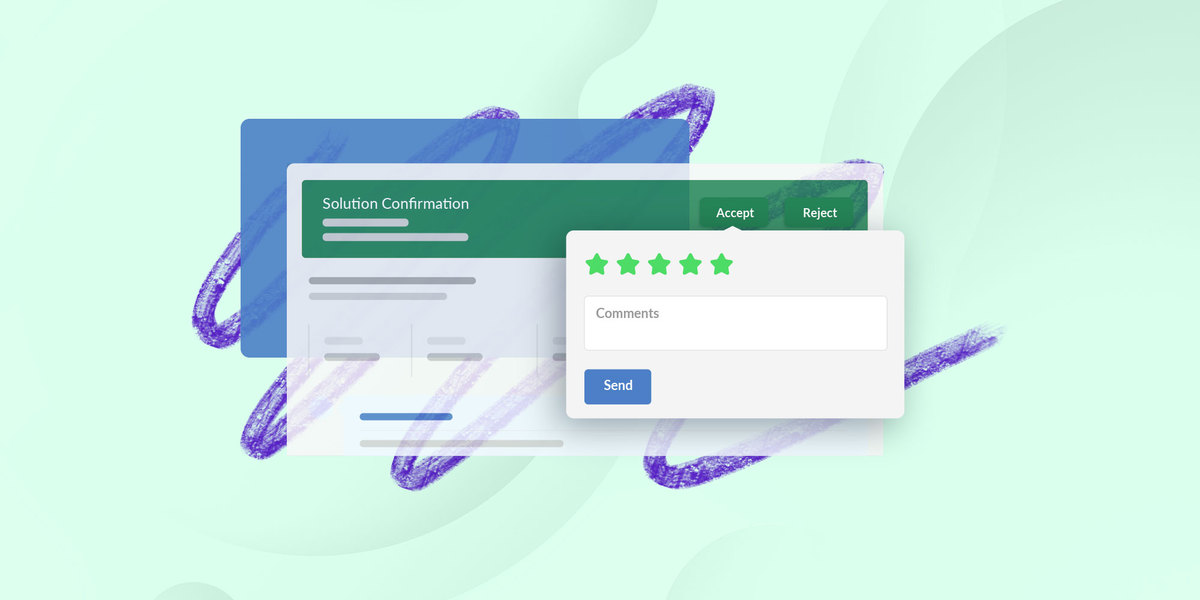
How to Obtain Customer Feedback – And What to do With it
Conclusion
SLA compliance is crucial in information technologies, serving as a contractual guarantee of service quality and reliability. By prioritizing clear objectives, proactive monitoring, and continuous improvement, businesses can uphold SLA compliance and foster enduring client relationships.
Understanding and implementing these best practices ensures businesses meet their SLA commitments and maintain high standards of service delivery. By doing so, they can build trust, enhance customer satisfaction, and achieve long-term success.
Frequently Asked Questions
What does SLA stand for?
SLA stands for Service Level Agreement. It is a formal document that defines the level of service expected from a service provider, detailing the metrics by which service is measured, and the remedies or penalties if the agreed-upon service levels are not achieved.
SLAs are commonly used in IT services, telecommunications, and other service industries to ensure both parties have a clear understanding of service expectations.
What is SLA in compliance?
In compliance, an SLA outlines the specific obligations and standards that a service provider must meet to comply with regulatory requirements and industry standards.
It ensures that services are delivered in accordance with legal and contractual obligations, providing a framework for accountability and performance measurement.
What are three types of SLAs?
The three main types of SLAs are:
- Customer SLAs: Agreements between a service provider and a specific customer, detailing the services provided, performance standards, and remedies for non-compliance tailored to that customer’s needs.
- Internal SLAs: Agreements within an organization between its internal departments or teams, defining the level of service one department or team must provide to another.
- Multilevel SLAs: Complex agreements that cover multiple layers of service provisions, combining elements of both customer and internal SLAs, often including organizational-level, customer-level, and service-level components to address different service requirements and performance metrics across various areas.
These SLAs ensure clear expectations, accountability, and performance standards for different service contexts.
What is a KPI for SLA compliance?
A Key Performance Indicator (KPI) for SLA compliance is a measurable value that demonstrates how effectively a service provider is meeting the performance standards outlined in the SLA.
An example of a KPI for SLA compliance is the Service Uptime Percentage, which measures the amount of time a service is available and operational within a given period.
For instance, if an SLA specifies a 99.9% uptime requirement, this KPI would track the actual uptime percentage to ensure compliance with the agreed standard. Other common KPIs for SLA compliance include Response Time, Resolution Time, and Customer Satisfaction Score (CSAT).



